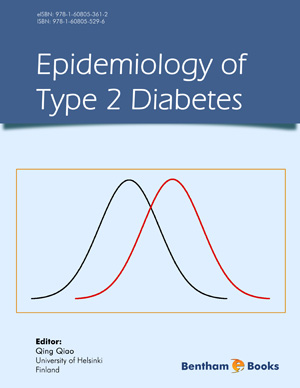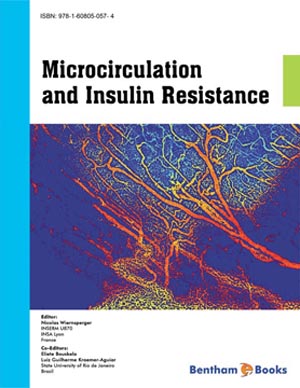Abstract
Lifestyle diseases, a subset of non-communicable diseases (NCDs) are a result of the way we live, work and go about our everyday lives. Over the last several decades, our diets have become unhealthy, our lifestyles sedentary and many of us still use tobacco and abuse alcohol. These four risk factors have resulted in an everincreasing prevalence of five lifestyle diseases; namely obesity, diabetes, cancer, chronic lung disease and cardiovascular disease (CVD). As per the World Health Organization (WHO), NCDs have become the major contributors to higher morbidity, mortality and at the same time the single biggest obstacle to development globally. Furthermore, NCDs continue to increase in virtually every region of the world with the WHO reporting a higher burden in middle and low-income countries. Health promotion and preventive health approaches are proven effective strategies in reducing disease burden with lower costs compared to the cost of NCD treatment. However, NCD prevention and control cannot be done with diet control and increased physical activity alone. It requires action at multiple levels with health care providers and governments as leaders, along with stronger health care systems and multi-stakeholder involvement. To ensure that the interventions meet set targets; regular reporting, global monitoring and accountability are important.
Keywords: Alcohol, behavior, cardiovascular disease, cervical cancer, crisis, DALY, diabetes, diet, disability, exercise, global health, health care, HIV-AIDs, intervention, IOM, life expectancy, lifestyle diseases, lifestyle, NCD, noncommunicable diseases, physical activity, physical inactivity, premature death, smoking, United Nations.

















